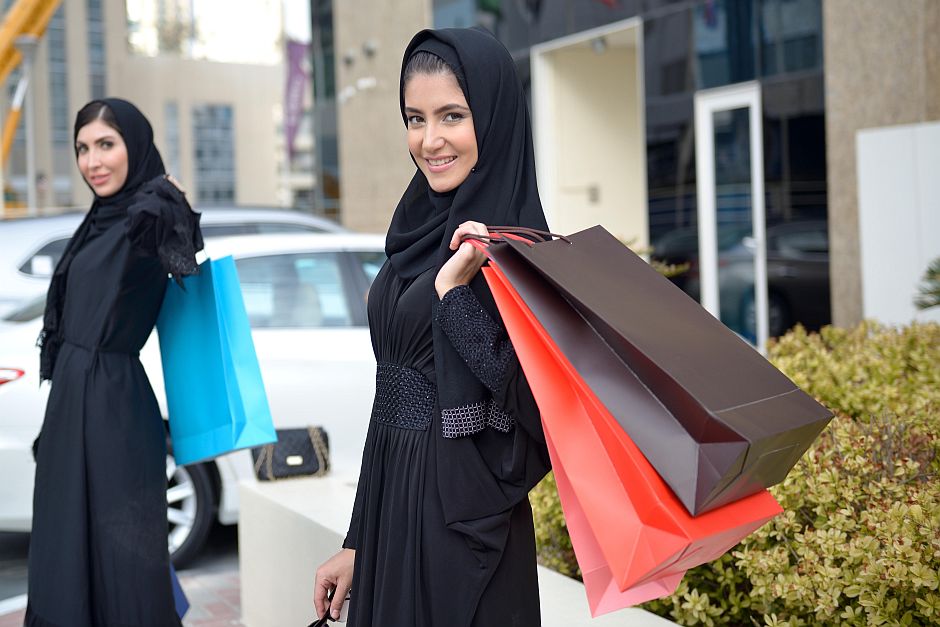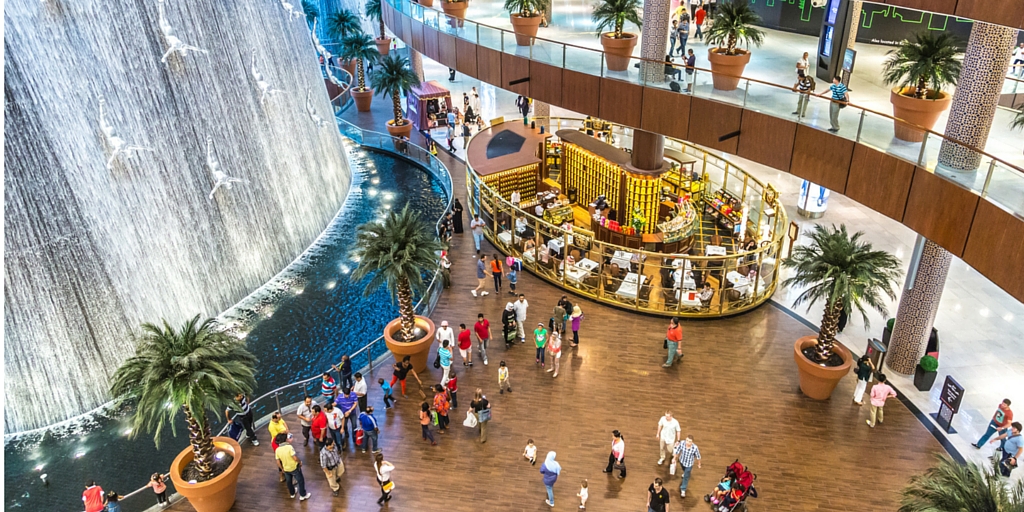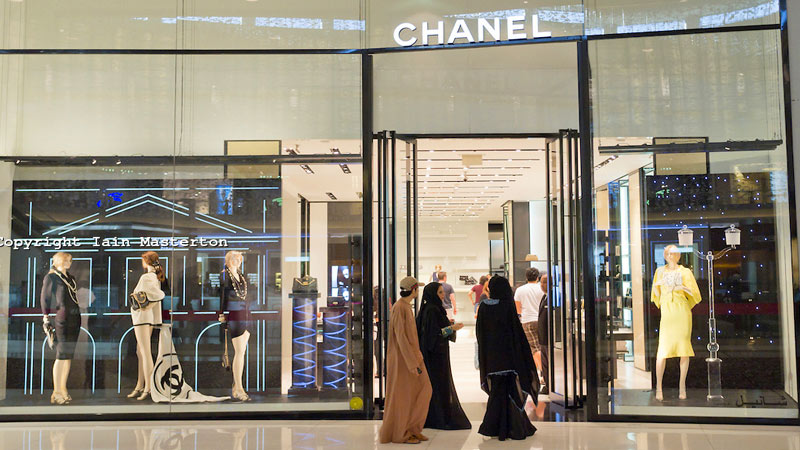



1. “The Middle East offers a tried and tested marketplace for investors with less risk than those normally associated with emerging markets”. (Source: Matthew Green, head of research and consulting, CBRE Middle East).
This is due to the high rank the UAE holds in terms of having one of the world’s highest disposable incomes.
The population demand for luxury in the UAE has allowed most major brands to break into the GCC market, allowing the UAE to maintain a steady upward curve for the last 5 years.
Additionally, in 2014 the UAE’s per capita annual gross income totaled the largest sum in the Middle East and Africa. It also has the second largest FDI (Foreign Direct Investment) recipient among Arab Countries attracting nearly approximately USD74 Billion over a period of four decades.
2. The UAE has the largest luxury market within the Gulf region.
For the UAE this is reflected by the size of the planned developments specifically by the demand for new stores across the key markets of the region and the number of major malls set out for delivery.
With a combined area of more than 620,000 sqm being created between Dubai and Abu Dhabi, the UAE ranks among the 17th most active global cities in shopping center development.
This represents an 11 per cent increase on the 2015 numbers, and could potentially spike up even higher with Emaar that is set to announce a new retail destination at the Dubai Creek Harbour master-development.
The UAE, with 4.7 million sqm of shopping centers in Abu Dhabi and Dubai, has one of the highest numbers of shops per capital in the world.
Within the Middle East, the UAE maintains is spot as leader in the e-commerce industry, it’s luxury good e-commerce is forecast to reach USD 185 million in terms of value by the year 2020.

3. Most leading luxury brands are currently present in the UAE.
The Middle East was ranked 10th among the top global luxury markets in the world, according to the latest report by consultant Bain & Co.
Luxury goods in the UAE are driven by consumers who are looking for the highest quality and the best in terms of long term investment, favoring quality over price.
Tourism also plays a major impact in terms of driving sales of luxury goods.
Also, although internationally renowned brands strive in the UAE this hasn’t stopped new and independent brands to establish their brand within the UAE.
4. Incredibly knowledgeable customers that are both willing and able to spend an important sum on luxury.
Customers in the Middle East understand the value of luxury products in terms of quality and durability and more importantly are able to spend a large amount of money for personal preferences.
National consumers in the UAE lean towards customized and limited edition pieces and 90% of nationals say they go out shopping “regularly” (Source: Chalhoub Group, Youth and Luxury, 2010).
The UAE’s upper middle class group has also shown an increase in interest in affordable luxury due to the high quality of the products offered.

5. The UAE’s youth allow brands to build consumer loyalty at an early stage.
Teenagers in the UAE spend more than six times the global average on clothes and accessories (Source: AMRB and TRU, 2011).
Additionally, teenagers are willing to spend a lot more in order to meet their needs. They spend four times more than the global average in terms of application enhancing devices.
Gaining the younger population and converting them into loyal customers is one of the most evident benefits for luxury brands.
♦ BY BBT_TEAM
